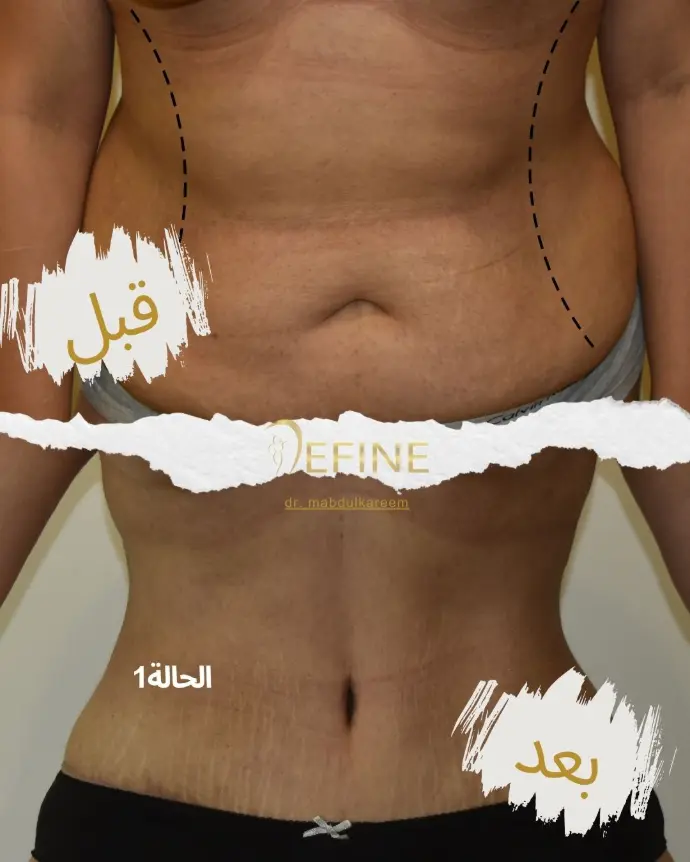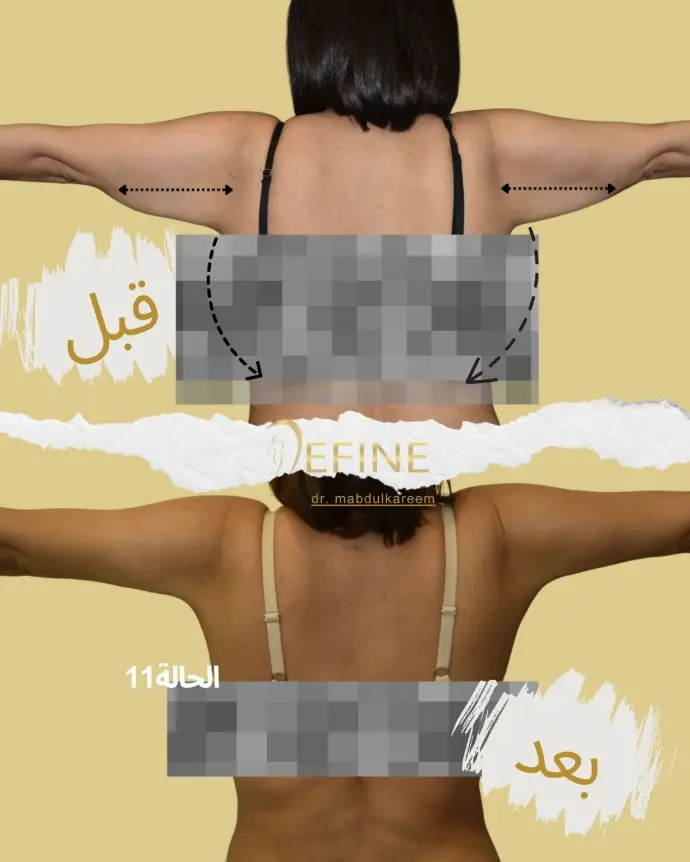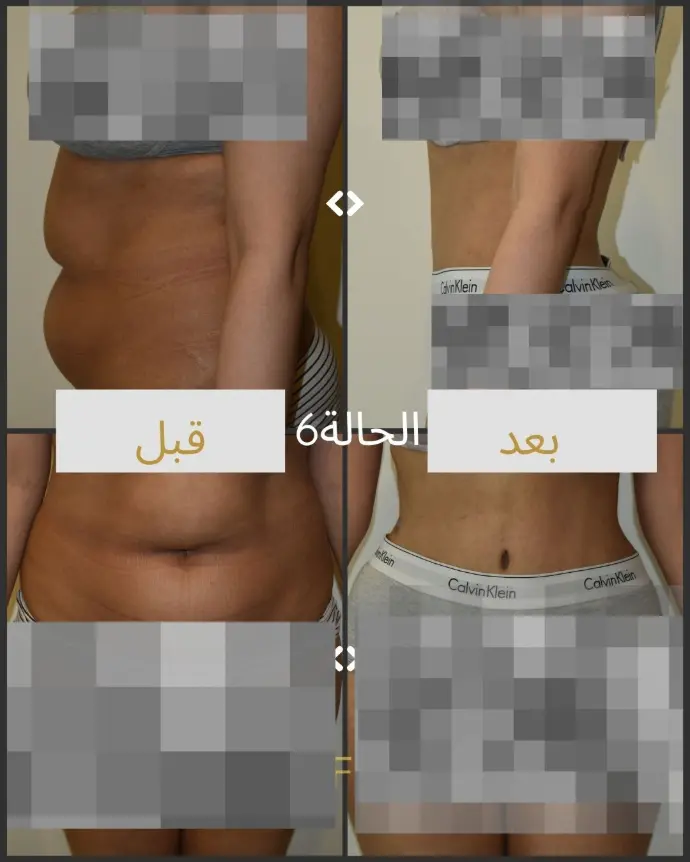body contouring , also known as lipoplasty or Liposuction, is a cosmetic surgical procedure that removes excess fat deposits from specific areas of the body to improve shape and proportion. It is not a weight-loss solution but is ideal for individuals who have localized fat deposits that are resistant to diet and exercise. Liposuction is commonly performed on areas such as the abdomen, thighs, hips, arms, back, chin, and flanks. By targeting stubborn fat, liposuction can help sculpt and define body contours for a more toned and youthful appearance.
Who needs the body contouring:
Stubborn Fat Deposits:
- Abdomen and Waist: For those with pockets of fat that don’t respond to diet or exercise, liposuction can contour the midsection for a flatter appearance.
- Thighs and Hips: People with “saddlebags” or stubborn thigh fat can use liposuction to achieve a more balanced body shape.
- Arms: Excess fat in the upper arms, especially for those with genetic predisposition, can be slimmed down for a leaner look.
Gynecomastia (Male Breast Reduction):
- Fat Removal in the Chest: Men with excess fat in the chest area, a condition known as gynecomastia, can use liposuction to create a more masculine contour.
Neck and Jawline Definition:
- Double Chin Removal: Patients with extra fat beneath the chin can benefit from liposuction to create a more defined jawline and profile.
Frequently Asked Questions about Liposuction:
Ideal candidates for liposuction are individuals who have localized fat deposits, are close to their ideal weight, and have good skin elasticity. It's important to have realistic expectations, as liposuction is not a weight-loss method and is not suitable for individuals with obesity or poor health conditions.
During the procedure, patients are typically under local anesthesia with sedation or general anesthesia, so they won't feel pain. Afterward, some discomfort, swelling, and bruising are normal but can usually be managed with prescribed pain medication.
Recovery time depends on the extent of the procedure and the areas treated. Most people can return to work and light activities within 1-2 weeks. Swelling and bruising may take several weeks to subside. Full recovery and final results can take up to 6 months as the body continues to heal and adjust.
While liposuction is generally safe, there are some risks, such as infection, bleeding, uneven contours, or changes in skin sensation. In rare cases, fat embolism (where fat enters the bloodstream) can occur, which is a serious complication. Choosing a qualified, experienced surgeon can help minimize these risks.
The fat cells that are removed during liposuction do not grow back, so the results are permanent. However, if a person gains a significant amount of weight after the procedure, the remaining fat cells can expand, potentially affecting the final results. Maintaining a healthy lifestyle is essential for long-term outcomes.


















